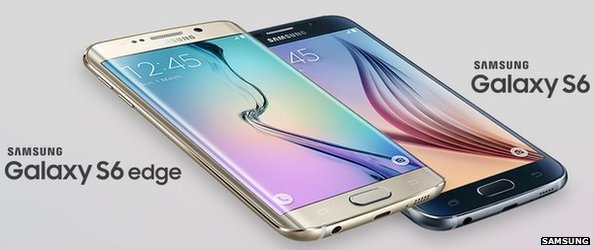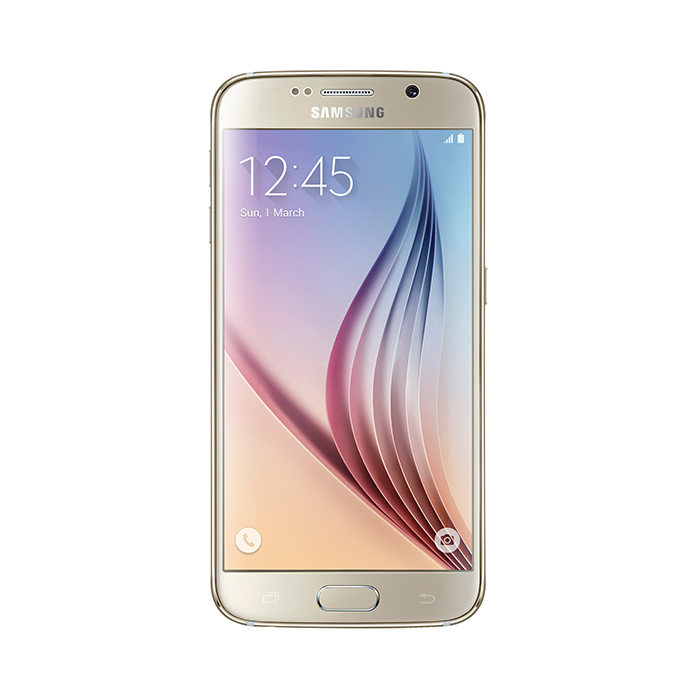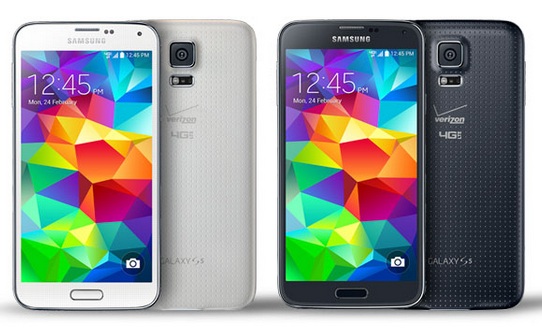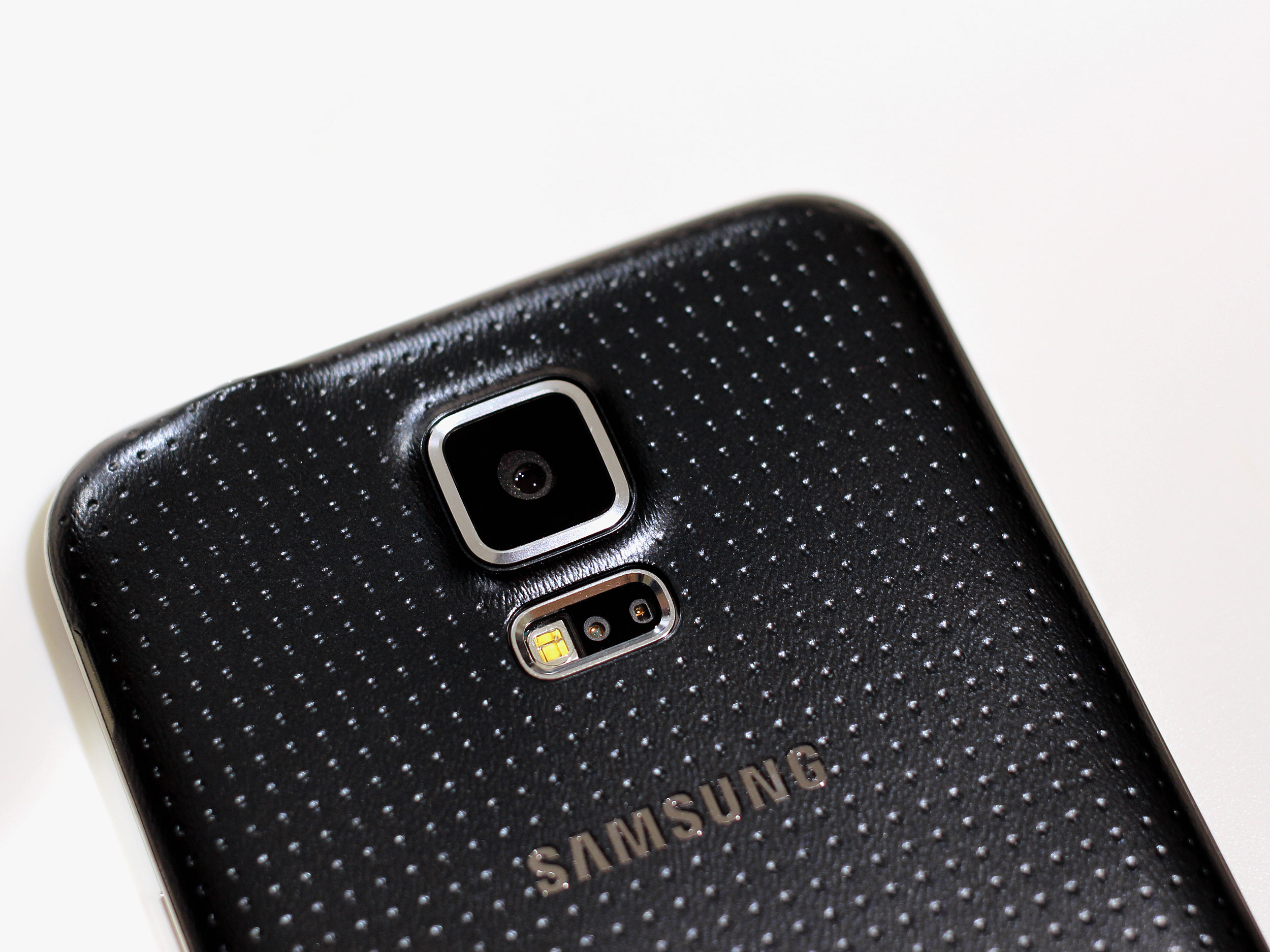
Any time a new product finds its way onto the market, it will get analyzed or torn apart. For science! Or, just basic curiosity. (Both?) In the case of Samsung’s first ever QHD AMOLED display, it was more about finding out if it’s actually any better than what’s come before it, especially the 1080p HD panel found on the Galaxy S5. A new report suggests that the display is indeed better, even if there is still room for improvement.
A report from AnandTech has gone into detail regarding Samsung’s first QHD AMOLED display (2560×1440), found on the Galaxy S5 LTE-A, which the company announced earlier this year specifically for South Korea. With the 5.1-inch display, Samsung is looking to alleviate some of the misgivings that people have had in the past, especially those who have used the display on the Galaxy S5 and noticed a distinct green tint.

The results from AnandTech do show that AMOLED continues to improve, one generation to the next, and that Samsung is obviously working to make it better. Specifically, the white point in reference levels is at 6429K of 6500K. The report also points to the grayscale on the QHD display, which is apparently the best of any smartphone on the market today. The results also showcased a color saturation that is far more accurate than ever before, with a deviation as low as 2.92.

The green tint situation is still present, though, it seems, as Samsung still relies on the diamond-shape pixel arrangement for the display. Meaning, there are two green pixels in place, along with one red and one blue pixel. In comparison, the traditional RGB stripe has one green, one blue and one red pixel. So, green’s dominance in the pixel layout is still there, and may still be noticeable to some, but Samsung is obviously working in the right direction.
You can check out the full report through the source link below. While Samsung has said that they have no plans to release the Galaxy S5 LTE-A in other markets around the globe, there’s a firm belief that that’s just marketing talk, and that the device will indeed see the light of day in other regions — just with a different name. That could be the Galaxy F, or Samsung could release a metal-clad Galaxy Alpha with a QHD display to really spice things up.
Are you excited for the changes in AMOLED technology? Do you prefer it over LCD?
[via AnandTech]


















